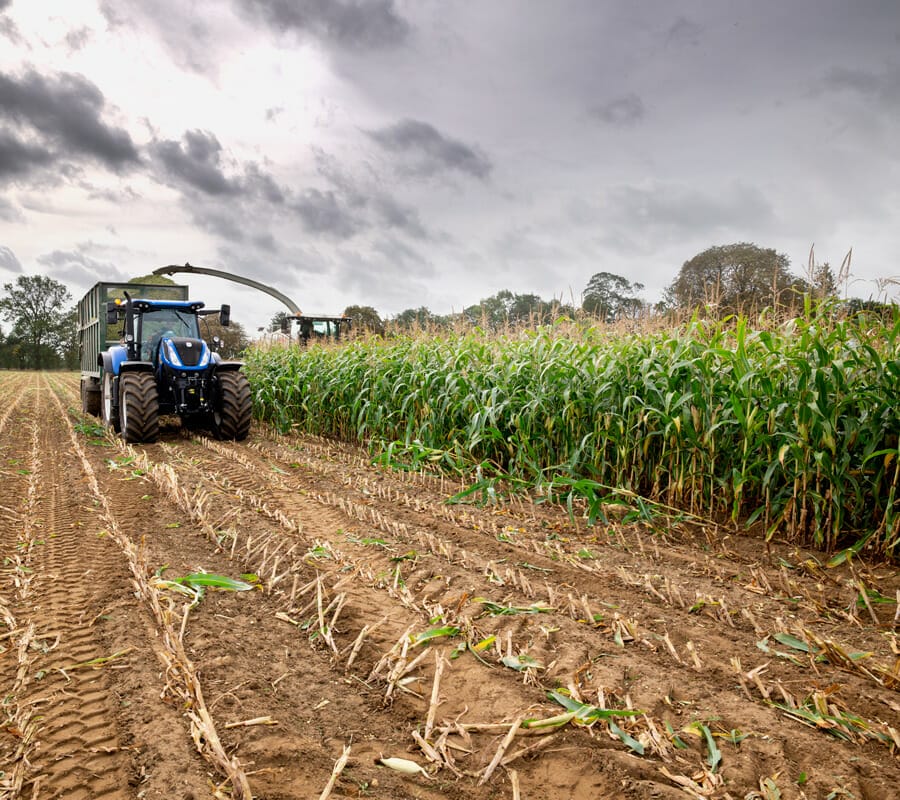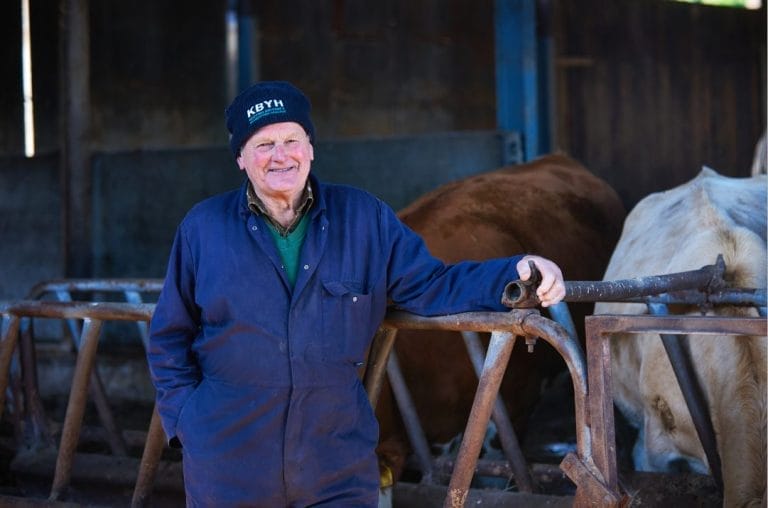Decisions made in the next few weeks will have a big impact on the success of maize crops, according to Tim Richmond, Maize Manager for Limagrain.
“With rebuilding forage stocks high on the list of priorities for many dairy farms, getting the optimum variety of maize off to the best possible start will be especially important,” he says. “An extra 10ha of maize grown as a one-off crop could produce around 450-550 tonnes of additional forage, helping to ensure good stocks through next winter and for 2020 buffer feeding.

“It is possible to drill maize successfully up to the end of May which means there is still time to incorporate a crop into rotations. For example, it could be drilled after an early first cut has been taken to maximise the impact on stocks.”
While many farmers have already ordered their maize seed, he says others will soon have to make the decision and advises variety choice will be particularly important if crops will be late drilled.
Whether selecting maize to drill as soon as possible or later in the spring, Mr. Richmond says it is vital the crop delivers the yield and quality of forage required to support high levels of milk production. The starting point must be selecting a variety suited to the farm and conditions and this means selecting a variety that will mature in the available Ontario Heat Units (OHU).
OHU’s are the internationally recognised system to show if maize can be grown successfully in a particular location. If there are too few heat units, crops will struggle to mature which can lead to a number of problems.
“Varieties differ in the number of OHU’s they require to mature and it is important to choose varieties that will mature within the heat units typically achieved in your area. In general, early varieties require fewer heat units to mature successfully, making them suited to larger parts of the country and ideal for later drilling,” Mr. Richmond continues.
“This will be particularly important with late drilled crops as some of the potential OHU’s will have gone before the crop emerges.”
“We recommend looking for varieties which can be grown comfortably within the average units accumulated because years vary.”

The priority must be a crop that can be harvested on time, so it is better to err on the side of caution than to stretch the point and risk delayed maturity. This will also mean a successor crop can be established more quickly and prevent bare stubbles being over-wintered.
An online tool at www.lgseeds.co.uk/heat-map provides data on heat units by postcode, to help improve the precision of maize variety selection. It shows the 10 years average heat units across the country broken down into 5km blocks, using data collated by the Met Office. Using the online system, farmers can more accurately manage the risk when choosing varieties.
He says varieties including Glory, Activate, Trooper, Prospect, and Emblem are suited to later drilling and will all deliver good yields of high-quality forage, even in a shortened growing season.
Mr. Richmond advises selecting varieties with good early vigour too, saying a strong, vigorous plant will establish quickly the essential root system and leaf canopy, maximising photosynthesis and suppressing weeds.
“The key to a good crop, irrespective of the variety, is ensuring good establishment to exploit the potential for early vigour,” Mr. Richmond comments. “Management must be focussed on achieving good germination and getting the crop away to a strong start. All varieties have a period of around 90-100 days between germination and flowering. It is during this time that the plant puts on all its vegetative growth, so it needs to be as vigorous and healthy as possible.
“Once the plant has flowered, it stops creating vegetative material and solely develops the cob. As the vegetative portion of the plant provides half the energy of the eventual crop, it is important to maximise this growth, especially if the variety has high digestible Neutral Detergent Fibre (NDF) which means more of this energy will be utilised when fed.
“What you have to avoid is the plant germinating and then sulking because of a poor seedbed or low soil temperatures. All this does is create a period in the crucial phase between germination and flowering when the opportunity for vegetative growth is lost.”
Mr. Richmond advises ensuring fields for maize are not suffering from compaction, explaining that as maize is a deep-rooted plant, any compaction will reduce the plants’ ability to reach water and nutrients which can stress the crop, delaying maturing and reducing yield while also stunting cob size.
He advises leaving final seedbed preparation when the top 5-10cm is worked to a fine tilth, until immediately prior to drilling, to preserve soil moisture.
“While soil moisture is important for germination, with maize, the key measurement is soil temperature. Cold soils are the enemy of a strong establishment. Avoid drilling until soil temperatures have achieved a minimum of 10°C and have been rising for at least four days. This gives a safety buffer in case soil temperatures drop back a bit, which can happen. For heavier soils, waiting for soils to warm up is even more critical. I would advise buying a soil thermometer so you can accurately assess what is happening.”
He says drilling into colder soils just reduces the extent and rate of germination. If in doubt – delay drilling, as the few days apparently lost will soon be recovered if plants get away quicker. Late frosts and heavy rain will both drop soil temperature so keep an eye on the weather and hold back from drilling if a cold or wet spell is forecast.
He advises checking whether seed supplied has been treated with Mesurol. This widely used and effective seed treatment is being phased out this year, so some varieties may be untreated. However, the treated seed will be available from LG Seeds throughout the spring.
“Mesurol is a very effective bird deterrent, so if the seed has not been treated it may be advisable to drill slightly deeper to reduce bird damage. On light soils in warm conditions, it may be possible to go as low as 10cm, but on heavier soil seed will struggle to emerge, so sowing should be to a maximum depth of 7cm. As long as the seedbed is well-prepared and warm enough, this will not impact on germination.
“Drilling early varieties into warm soils will ensure they have the best chance of getting away strongly, maximising vegetative growth and helping ensure a good yield of quality forage to help rebuild stocks,” Mr. Richmond concludes.

































